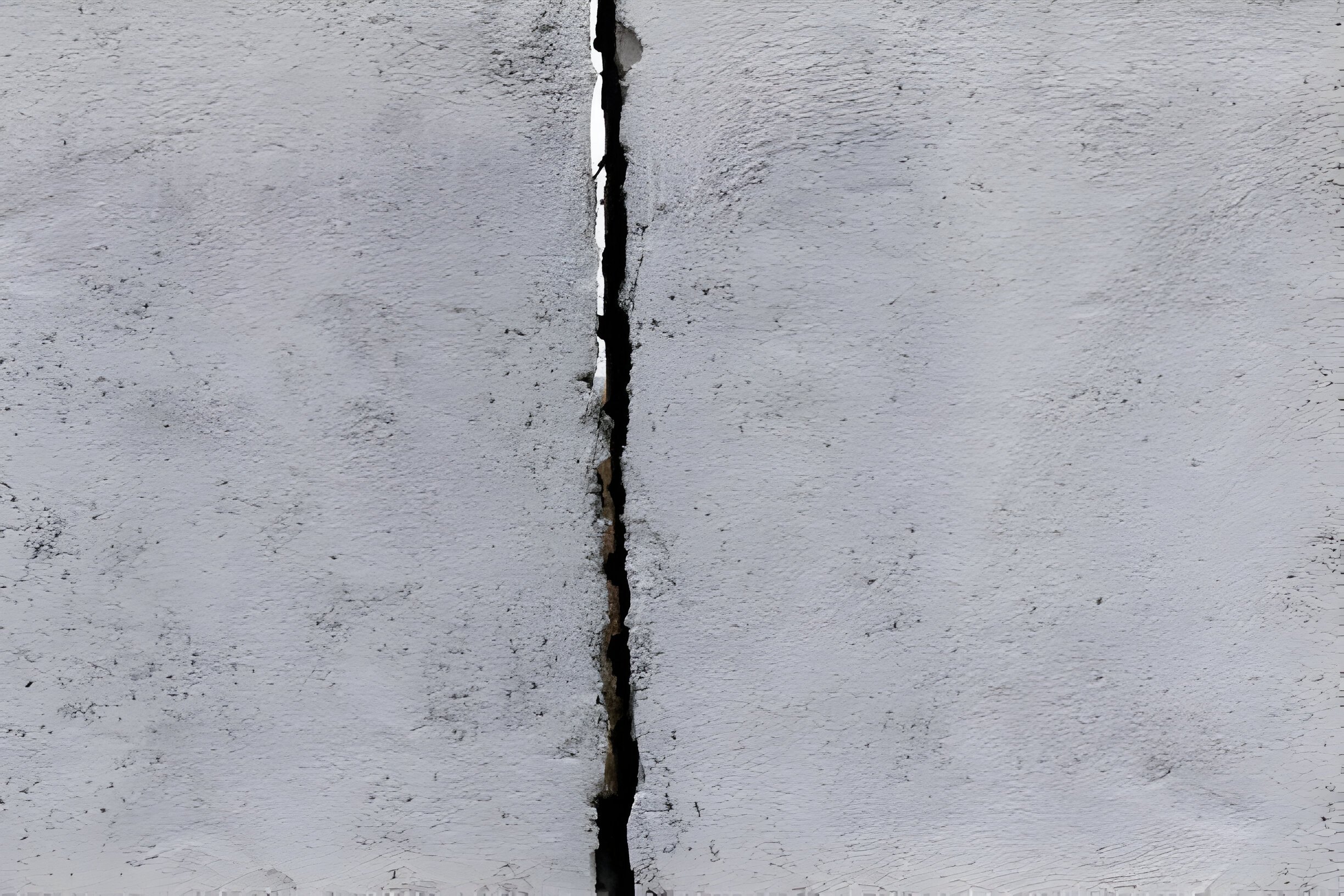While cracks in buildings are always frightening, it is a good idea to be informed about what are the common causes of structural cracks. One of the factors is the ground shifting under the building. This can be due to rain washing away the dirt or the ground getting dry. This movement can pressure the foundation, leading to cracked walls and floors. The other factor is overloading the building. Steel, concrete walls, and flooring are solid, but they limit the amount of weight they can bear. Poor material, inadequate support structures, and poor concrete curing are some ways buildings can be made to crack.
Common Causes of Structural Cracks
Shifting Foundation:
The soil on which your building rests should be solid; however, things are not always that simple. Several things can occur over time to make the ground move. Rainwater can wash the soil around the foundation and create voids where soil can settle down. Lack of rain makes the ground small and contracts such that it will pull the foundation apart. Similarly, the tree roots near the foundation may exert pressure on the soil, which in turn shifts. All this movement loads your foundation, compressing it and making cracks in the walls and floors above.
Building Overload:
Any structure is designed to support a specific load, be it a bridge. This weight limit depends on the building material used, the size of the building, and its structure. For instance, you place many heavy boxes or furniture in the loft, add new floors without additional support, or park heavy vehicles close to the building’s base, which may prove too much for it. The extra weight puts pressure on the walls and floors and may cause them to crack.
Temperature Fluctuations:
It may seem that extreme temperatures are not an issue for your building, but they are. In winter, water may freeze in specific climate zones and infiltrate into fine cracks in a foundation or walls. When this water freezes, it expands like an inflated balloon. This expansion exerts pressure on the cracks and widens them. In summer, when the ice melts and the water is back, it can refreeze whenever the seasons turn cold again. This freeze-thaw cycle repeated over and over can widen cracks considerably over some time.
Improper Drainage:
Water is essential, but too much around your house can cause problems. If the ground around your foundation isn’t sloped away from the building and there are no gutters or downspouts to direct rainwater, water can pool around the foundation. This water can soak into the soil, making it soft and unstable. As the soil gets saturated, it can shift and move, putting stress on the foundation and causing cracks in the walls and floors.
Construction Defects:
Mistakes during construction can come back to haunt you later in the form of cracks. If builders use cheap materials that are weak or not designed for weight-bearing purposes, the structure may be more likely to crack. Another issue is support beams. These beams help distribute weight throughout the building.
If not enough beams are installed, or if they are not the right size or strength, there may not be enough support for the walls and floors, leading to cracks. Finally, concrete needs time to cure properly to reach its full strength. If builders don’t allow enough curing time, the concrete may be weak and more prone to cracking.
Conclusion
Building cracks can be alarming, but understanding the common causes of structural cracks can help you stay calm. These are just some of the common reasons cracks appear. If you notice significantly growing cracks, consult a professional for an assessment. Early intervention can prevent minor problems from becoming bigger issues.





